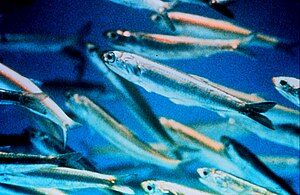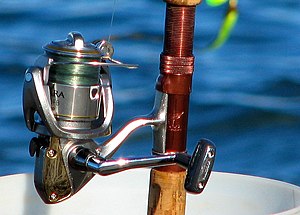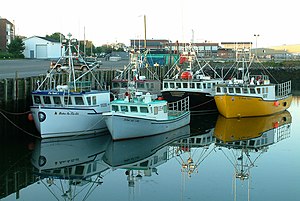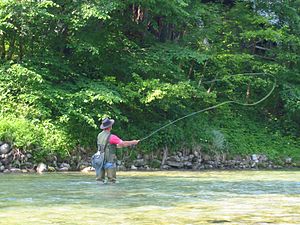 Image by stanrandom via Flickr
Image by stanrandom via Flickr
Selecting and acquiring the ideal fishing boat is a real art for someone who has already gone through many experiences as far as boating is concerned. However, it can be a daunting task to those who have not yet experienced buying a fishing boat.
To make the activity easier for the first timers, here is a list of tips that they can use when choosing an ideal fishing boat.
1. It is important to consider the purpose of the fishing boat.
Buying a fishing boat has only one purpose: to be used in fishing. However, before choosing the perfect fishing boat, it is important to consider also the other purposes.
First, the place where the fishing boat will be used should be taken into account. Will it be in the ocean or in other bodies of water like lakes?
Second, the time of the day it will be used. Will it be for day trips or for overnight fishing activities?
If the fishing boat will be used for ocean cruising and overnight stays, it would be better to buy a fishing boat that has a hull. This is specifically designed for rough waters. This design is meant to ride with the waves, hence, providing more comfort to anglers while on board.
2. The budget
When buying a fishing boat, it is important to know if the buyer can afford to acquire a boat. Fishing boats, or any boat for that matter, can be very expensive. Hence, the buyer should know how far his budget would go as far as fishing boat prices are concerned.
3. The warranties
It is extremely important to know if the fishing boat has a warranty. It should be analyzed and meticulously scrutinized because not all warranties are created equal.
Hence, it is best to buy a fishing boat from dealers that will provide the necessary services in case their product is found to be defective.
4. The certification
When buying a fishing boat, it is important to take note if it is certified by the “National Marine Manufacturers Association” or the NMMA. This agency guarantees that the certification they give to every boat manufacturer is a guarantee that the fishing boat had passed the agency’s standard of excellence.
The bottom line is that, people should do more than just look around when choosing the ideal fishing boat. They should learn how to look for the important details in order to ensure that the boat they have acquired is definitely worth their money.
See you on the water,
--Greg
"Please notify me of any new posts"

![Reblog this post [with Zemanta]](http://img.zemanta.com/reblog_e.png?x-id=367d2bfa-fd28-4a5f-b001-1f495a547f6f)

![Reblog this post [with Zemanta]](http://img.zemanta.com/reblog_e.png?x-id=cd25a855-5662-4498-ae01-67f8d6222f0b)

![Reblog this post [with Zemanta]](http://img.zemanta.com/reblog_e.png?x-id=fbffd24a-f480-4fc0-a200-8b7fad02497b)

![Reblog this post [with Zemanta]](http://img.zemanta.com/reblog_e.png?x-id=a73df7d8-1e06-4369-9884-bb8c5b840a5d)

![Reblog this post [with Zemanta]](http://img.zemanta.com/reblog_e.png?x-id=e173bd1e-6841-438d-b656-361fcb09abad)

![Reblog this post [with Zemanta]](http://img.zemanta.com/reblog_e.png?x-id=6527a15d-f3aa-4fab-94fb-f2dcfb85db4a)

![Reblog this post [with Zemanta]](http://img.zemanta.com/reblog_e.png?x-id=bccfb17f-d53e-4580-9ff2-94c5ab89e117)

![Reblog this post [with Zemanta]](http://img.zemanta.com/reblog_e.png?x-id=d7fa35b6-28d5-4b7b-9c0d-9d3a268ec9c4)
![Reblog this post [with Zemanta]](http://img.zemanta.com/reblog_e.png?x-id=a401fab1-1646-460c-a8fb-d66c32df12fc)

![Reblog this post [with Zemanta]](http://img.zemanta.com/reblog_e.png?x-id=08a7349e-140a-49cc-abee-052d63d6a697)

![Reblog this post [with Zemanta]](http://img.zemanta.com/reblog_e.png?x-id=b594730f-37fa-40a8-9c2c-4c3b86e8ac50)

![Reblog this post [with Zemanta]](http://img.zemanta.com/reblog_e.png?x-id=9a4a1ea4-9835-4a23-abc1-b55b3626405b)

